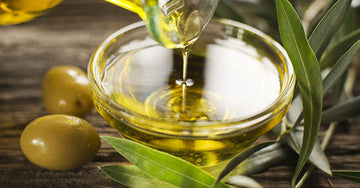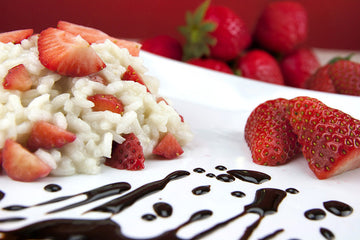More and more often, friends and customers of the L'Acropoli di Puglia mill ask me 'appetizing' and 'tasty' questions about the golden world of extra virgin olive oil. And I thought that perhaps it is 'good and right' to give the answers in writing so I can share them with you too!:-)
What is the difference between virgin olive oil and extra virgin olive oil?
Extra virgin olive oil, such as L'Acropoli di Puglia, is mainly made up of monounsaturated fatty acids, with the right amount of linoleic fatty acid, polyphenols, vitamin E and beta carotene. It also has an acidity level of less than 0.8% (0.8 grams per 100 grams).
Extra virgin olive oil is the only vegetable oil obtained by pressing only, without manipulating its organoleptic characteristics and properties, unlike seed oils (soybean, peanut, sunflower, etc.). It contains vitamins E, A, K, D which have antioxidant properties and a protective effect on the body's cells.
The presence of these antioxidant elements makes extra virgin olive oil particularly important for our health.
Virgin olive oil is obtained with the same processing methods as extra virgin olive oil but has an acidity level of up to 2%.
Is there only one type of extra virgin olive oil?
Absolutely not! As with wine, extra virgin olive oil has a multitude of flavors that depend on: type and quality of the fruit, harvest time, weather conditions during the growing season and region where the olives are produced and finally the type of processing. For example, extra virgin olive oil L'Acropoli di Puglia, produced in Puglia, is recognized by a pleasant slightly spicy flavor and an inebriating aroma.
What does the quality of extra virgin olive oil depend on?
From many factors. The most important are: the cultivar (type of olive), the cultivation techniques, the environment, type of harvest, the milling systems and the conservation methods.
How can I recognize a good extra virgin olive oil?
Extra virgin olive oil has different organoleptic and chemical characteristics. The color (green or intense golden yellow), the pleasant flavor, the origin and the price (beware of extra virgin olive oil sold at a low price) are important indicators of the quality of extra virgin olive oil.
Last but not least, it is advisable to choose a product not sold in large-scale distribution; read the label and make sure that the origin of the olives is indicated and that the words '100% Italian' and 'from the first cold pressing' are there.





